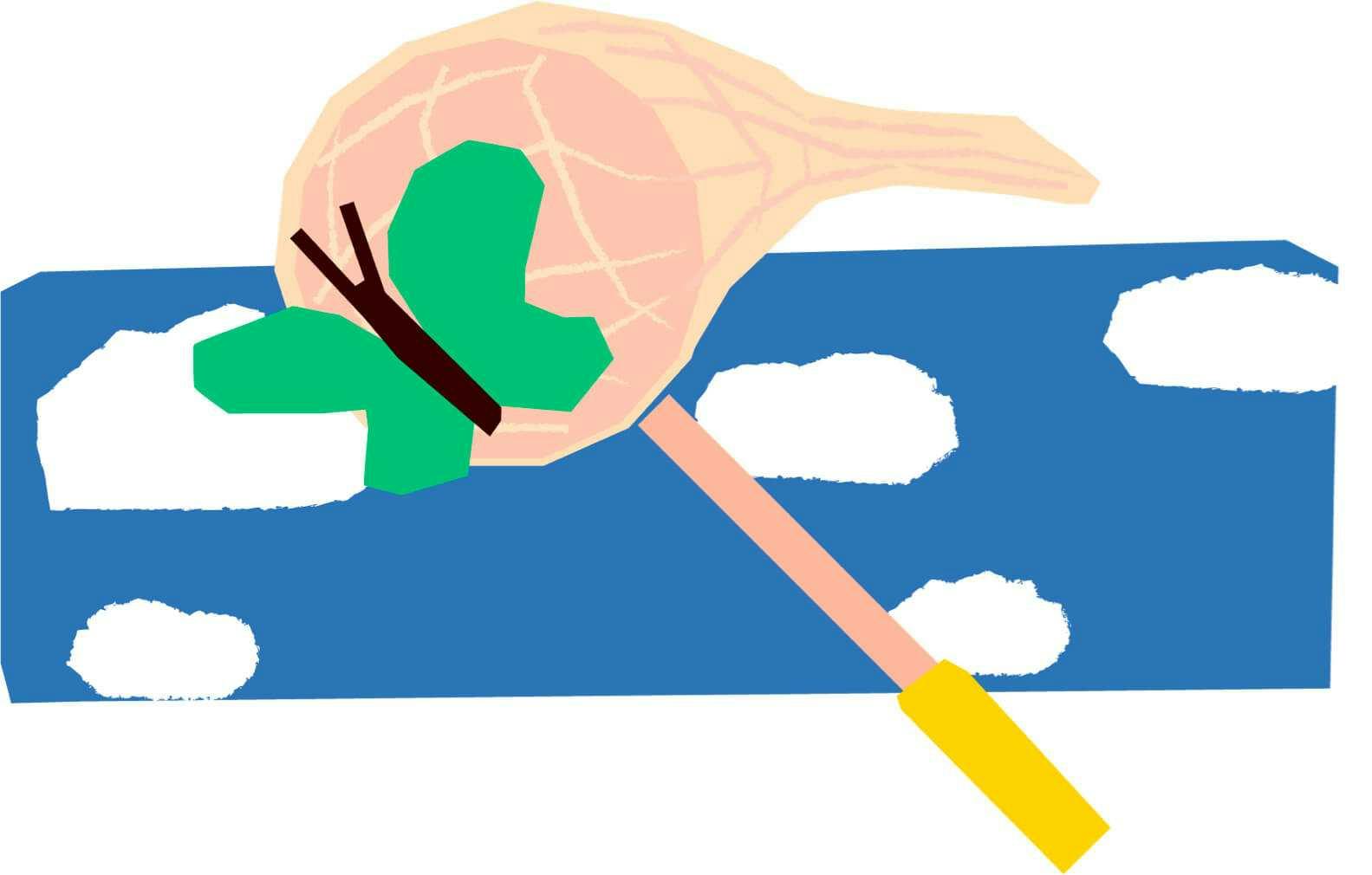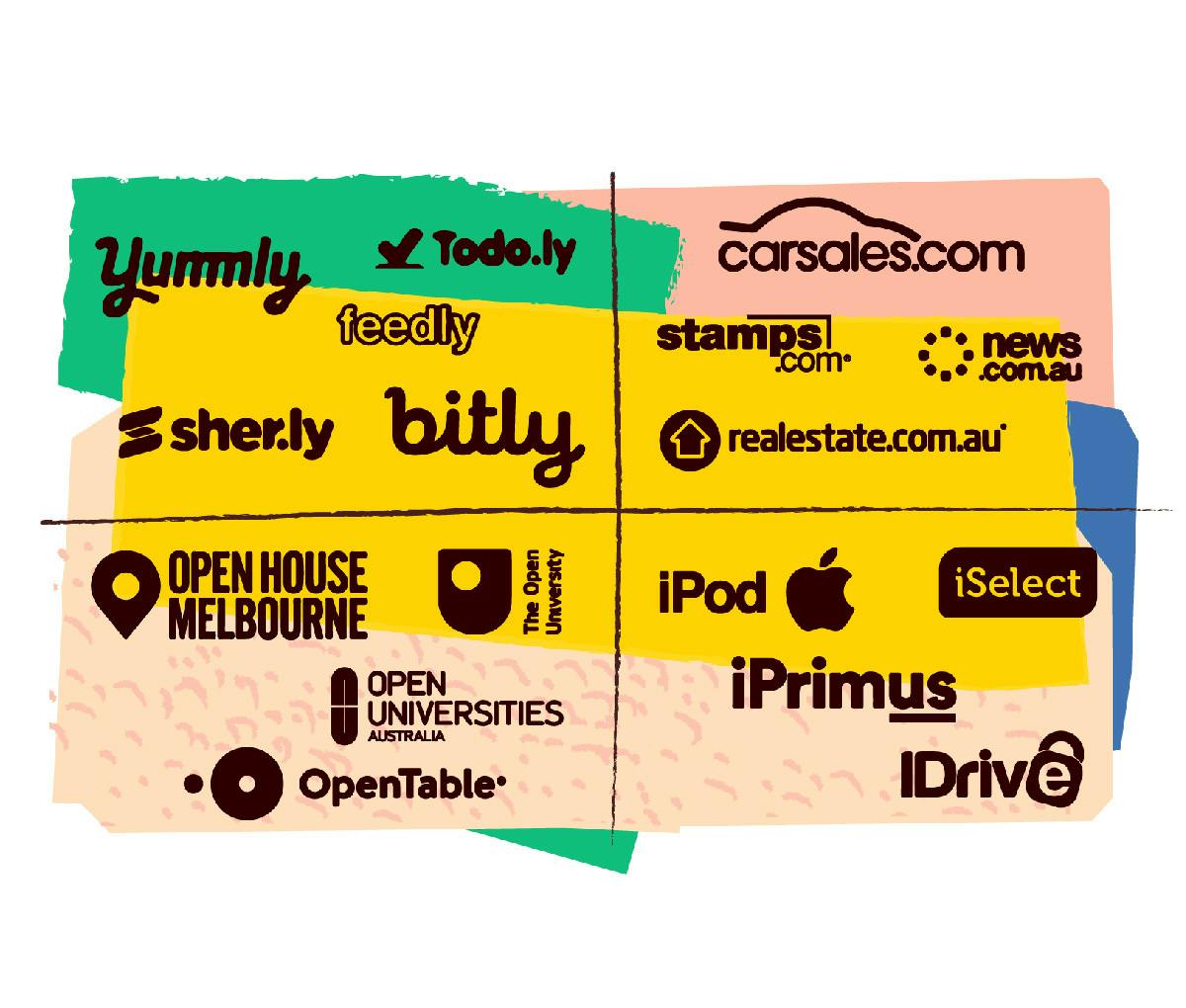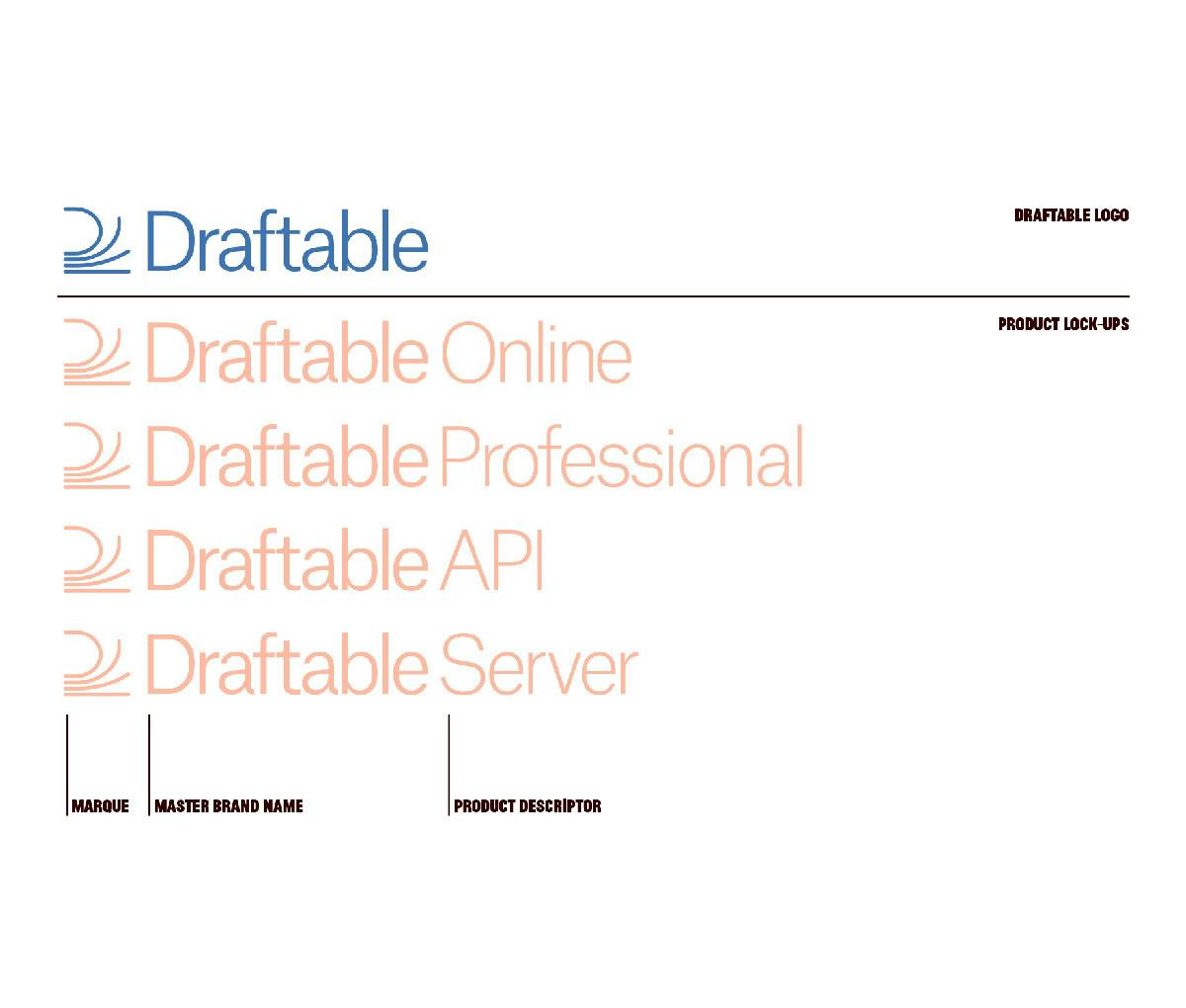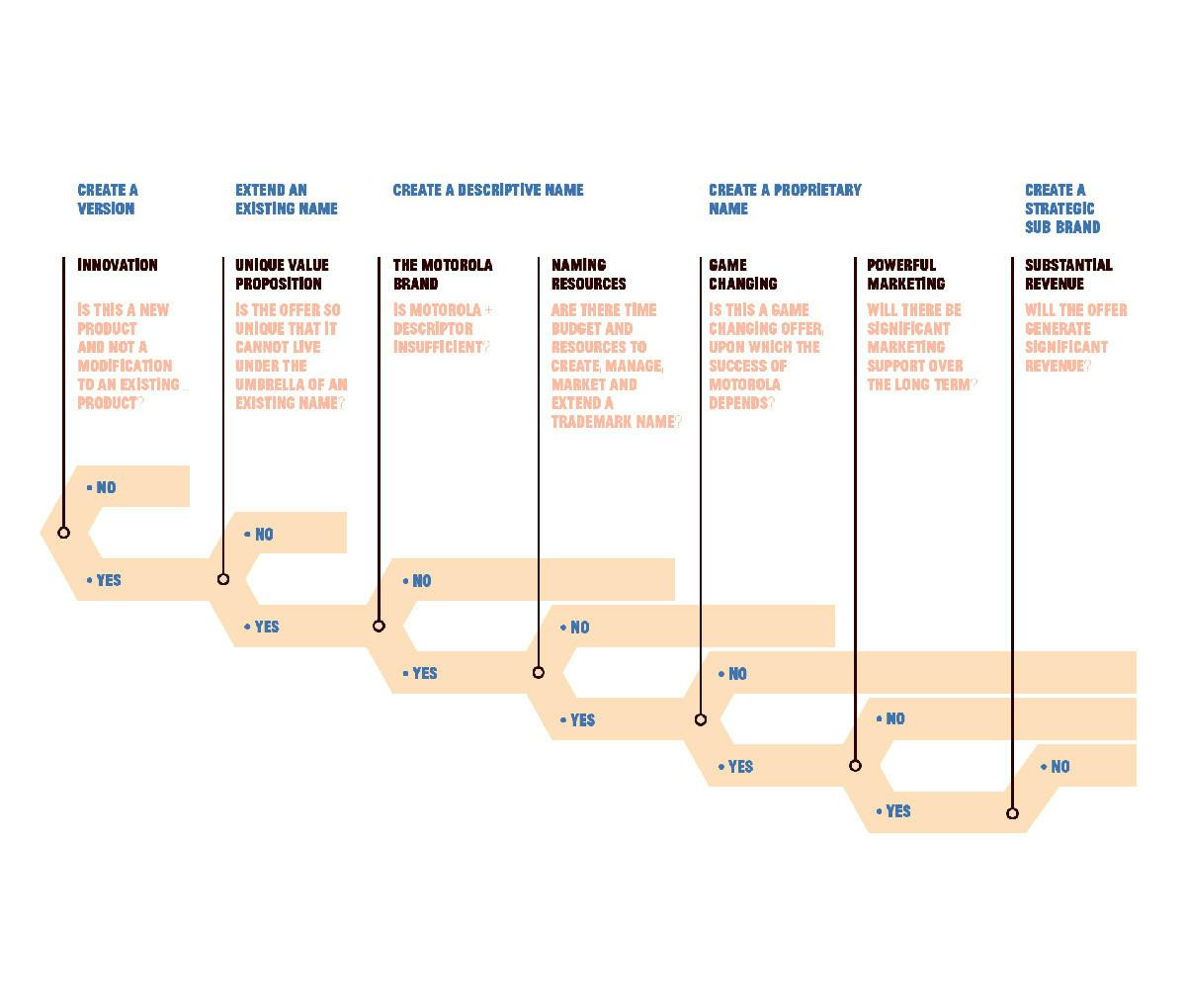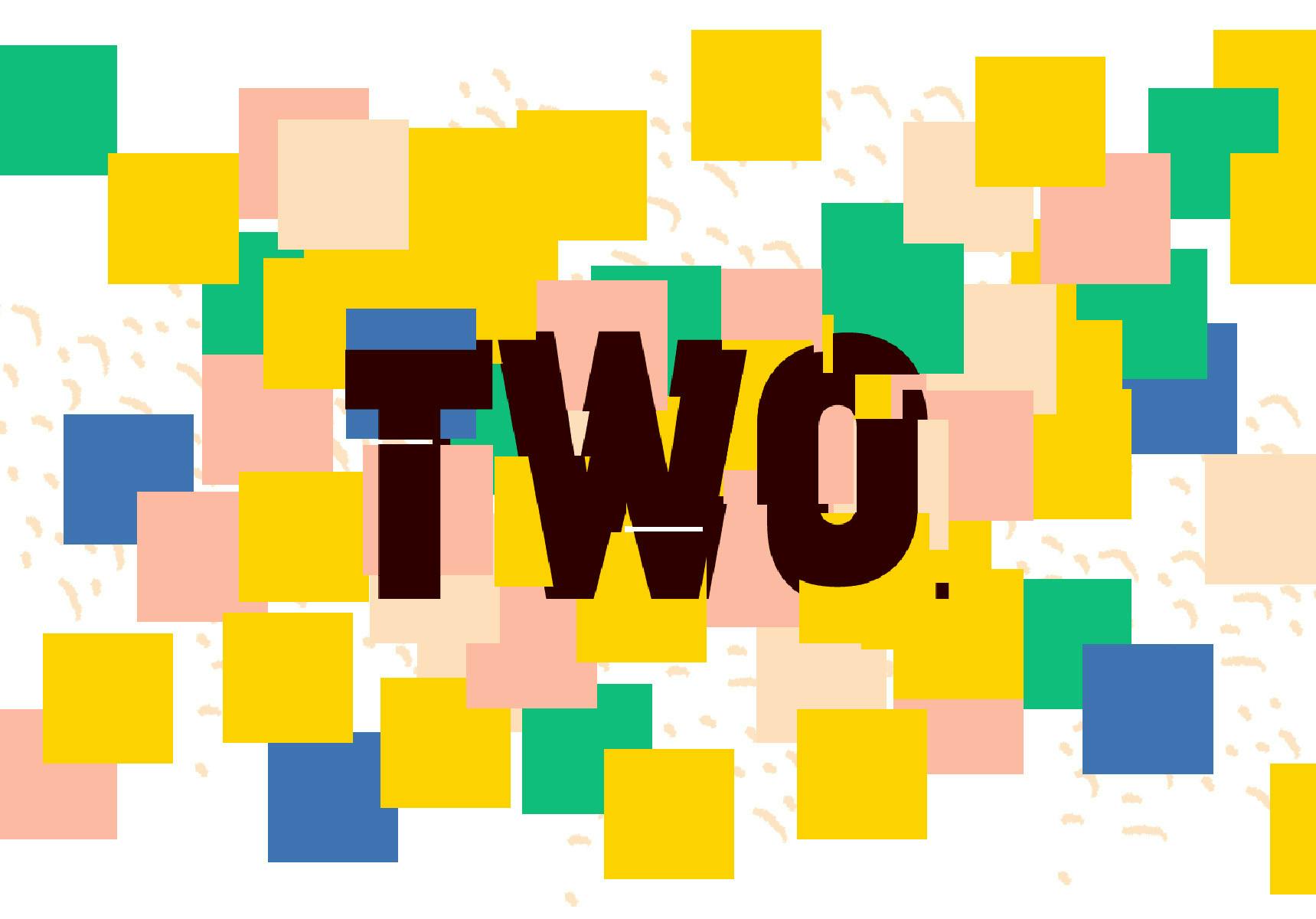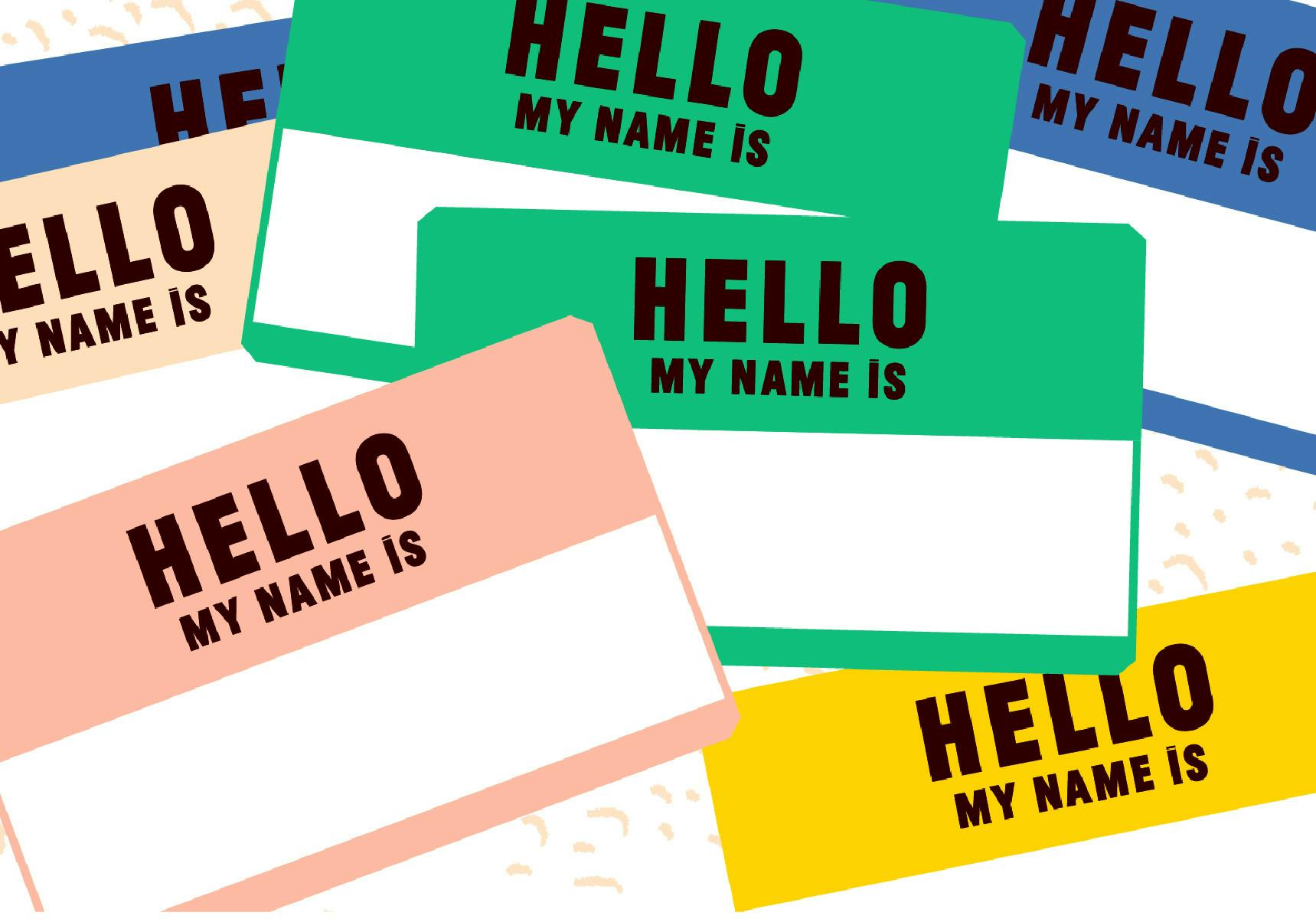Tips for naming brands, products & pets: Part 3
9 Sept 2021
Written by
Shane Loorham
Creative DirectorSpringboards and nets
From a solid design base, we layered in some snappy copy. There’s an old maxim floating around about moving house being on par with a divorce in terms of the stress it causes. We needed to derail this idea and add a touch of humour to the situation, while reinforcing the idea that you’re in good hands with The Man.
Generating name ideas is all about associations. It’s about finding as many related but unexpected directions you can take yourself off in to explore. I start with the words in the brief, taking a good look at the obvious synonyms and themes that a quick Google search might bring up. Obviously, you need a great thesaurus and you can find word lists for any given topic by diving into those specific areas online. But beyond that, it’s worth shaking things up and trying other resources—anything and everything to spark new ideas and reveal new tangents. Stepping outside of language altogether can also be helpful. I’ll often use stock image libraries to refresh my thinking, looking at what insights images can evoke that words alone cannot.
“A meta-analytic review of over 800 teams indicated that individuals are more likely to generate a higher number of original ideas when they don’t interact with others.”
Everyone has a different approach to generating ideas: some like to write lists by hand, some use index cards or post-it notes, some go it alone while others get together in ‘group brainstorming sessions’. In my experience, group brainstorming is ineffective. It’s great to bounce ideas off one another within a team, but you need to generate your initial thoughts and ideas independently. There is a lot of recent research and writing on the importance of rethinking the ‘brainstorm’. This piece from the HBR supports the idea.
“A meta-analytic review of over 800 teams indicated that individuals are more likely to generate a higher number of original ideas when they don’t interact with others."
When generating name ideas over a period of time, either individually or as a group, you eventually run into a wall. It’s inevitable. Sometimes it’s ‘writers block’, other times you’re simply in a rut, wading through the same old ideas. Either way, it’s not particularly helpful to just keep at it. Getting away from the task at hand is my best advice here. You need to reset your brain. Different people have different techniques to help them refresh: it might be that you jump onto another task for a few hours, or take a long walk. Exercise and fresh air can work wonders.
As your ideas come together, you naturally need to get them written down somewhere. When documenting ideas and developing lists, thoughts, themes and potential directions, I recommend using a spreadsheet rather than a word doc or any sort of open canvas, and I find it handy to have the information in a digital format rather than a Moleskine (sorry Hemingway). We use Google Sheets for collaborative projects, as it’s easy to add rich, filterable data. You can build up your sheet with columns for various criteria which will help sort things out as your list gets longer and longer. A spreadsheet will help you to group themes and compare ideas at a glance, and to move name options through the process and build on the data set associated with each option.
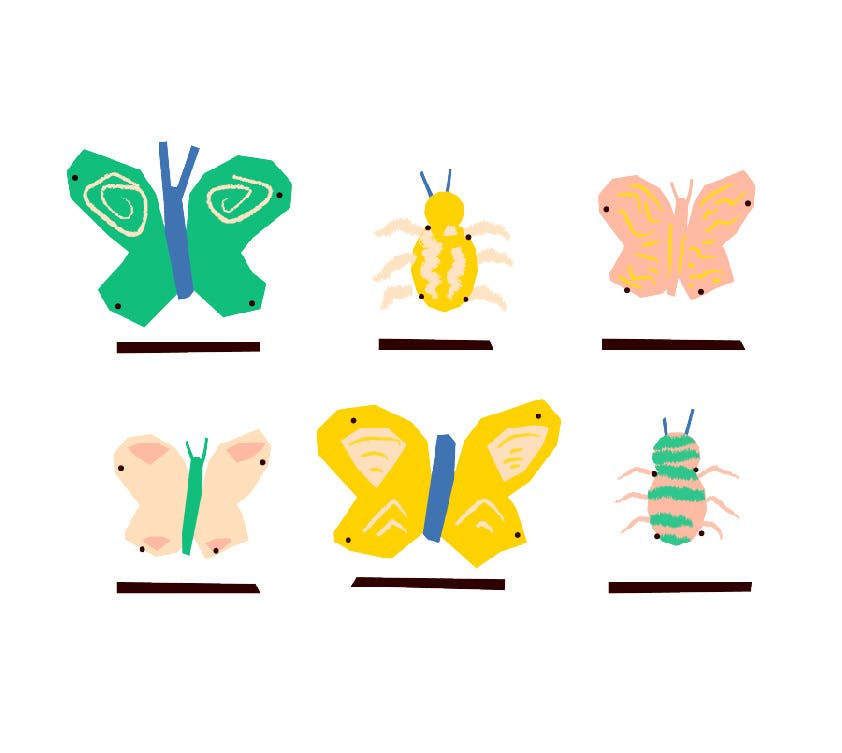
Good ideas / Bad ideas
When developing a name for a product that’s going to be in market for 12 months, it’s probably fine, important even, that you are ‘on trend’. But if you are naming an organisation, then you probably want it to last the organisation’s (hopefully very long) lifetime. You should answer this question in your brief as longevity is not always important, but generally, you should strive for timeless concepts rooted in brand truths. Names should be underscored by authenticity. They should fit your organisation now, and the best will still fit in 10, 20, 50 years time.
Trends become very apparent in naming as in every other creative area, and we can all recognise them with the benefit of hindsight. But it’s important to be aware of why you are leaning towards a certain name and make sure it’s for the right reasons. The emergence of new technologies and ideologies has lead to themes popping up consistently in naming. A few years ago, companies jumped onto Apple’s idea of adding ‘i’ to products and services.
More recently, and due to the availability of top-level Libyan domain names, tech companies have been popping up with names that end in ‘ly’. There are plenty who have used ‘.com’ in their naming, and for most of these businesses, even with costly high-level domains, this has proved a sound strategy.
A note on Brand Architecture
When developing a name for a product or group of products, it’s important to first take a step back. In these cases, a naming brief can actually open the door to the question of ‘Brand Architecture’. Brand architecture is the relative structure of an organisation’s brands, and it’s important that you get that Architecture right first! With foundational Brand Architecture, you can set naming strategies for differing product streams or sub-brands. As an example, we recently developed an Architecture and Naming Strategy for a small software business called Draftable.
One interesting, much larger-scale example I’ve come across when looking at models for Brand Architecture and naming, is this system developed by Siegel + Gale for Motorola. It provides a good reference for understanding the importance of Naming Strategies for business. The model shows how a rigorous strategy was able to take the guesswork out of developing product names for a global business who are faced with these questions constantly. After all, you can imagine how many product releases Motorola would have in a given year.
